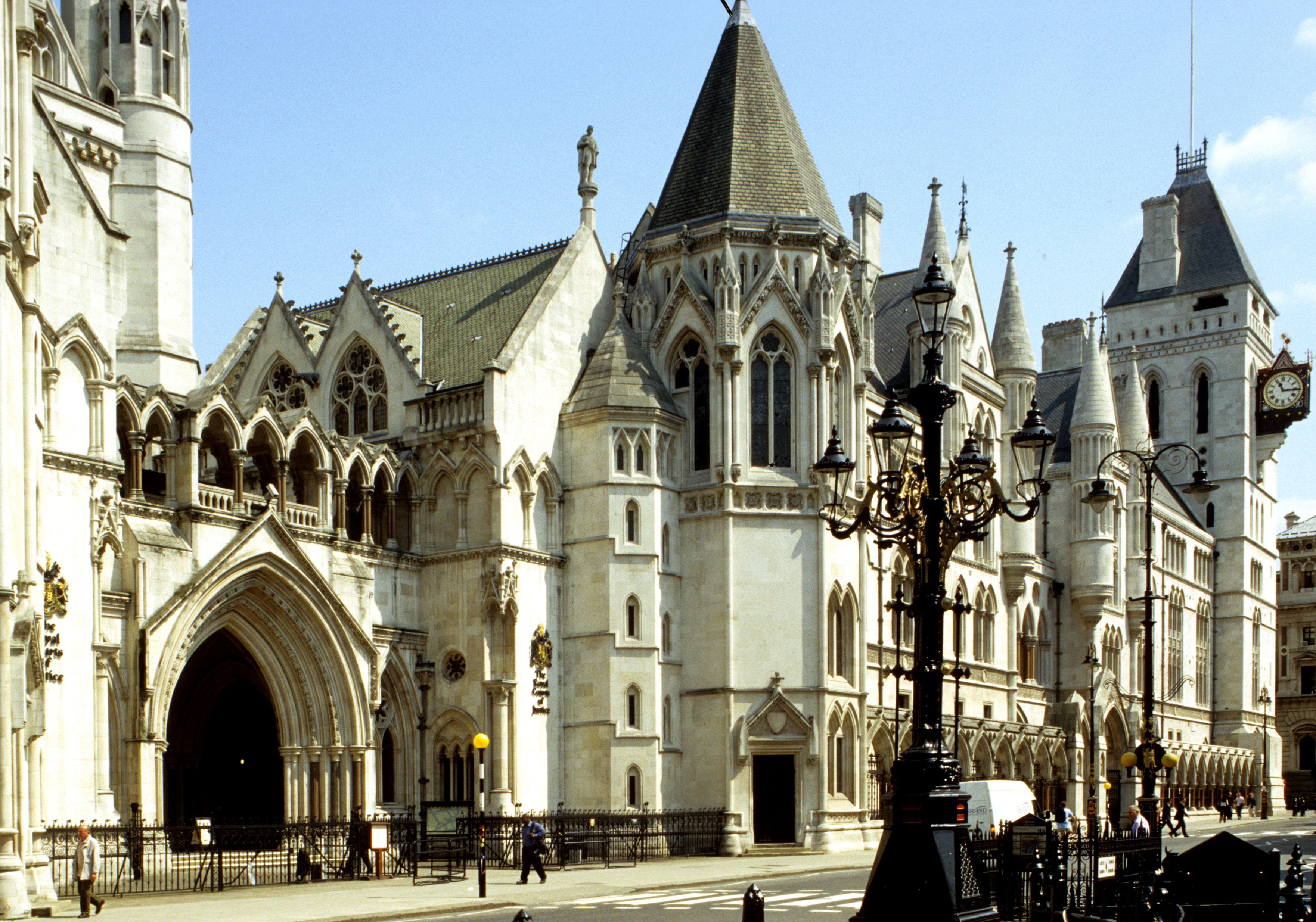
Happy Birthday, George Edmund Street! The Victorian Society celebrates the bicentenary year of architect G.E. Street
This year is the bicentenary of the birth of George Edmund Street (1824 – 1881), the architect of the Royal Courts of Justice. From March to November, the Victorian Society, in association with St James the Less, Street’s Grade I listed church in Pimlico, London, are hosting a series of talks, walks, visits and a symposium in London, East Yorkshire and the West Midlands, to celebrate his work and achievements as a leader of the Gothic Revival. The Society’s magazine, The Victorian, devoted its latest edition to the architect.

This influential Victorian architect was one of the leading figures in the Gothic Revival movement in Britain. The revival sought to bring back medieval Gothic architecture as a style. Street delighted in not just studying and reviving the style, but in using it as a source of inspiration and constant experimentation. In 1844 Street went to work in the London office of George Gilbert Scott (1811-1878), whose guidance, particularly as a designer and restorer of churches, and as the figurehead of the High Victorian movement, was key. Later Street’s own architectural practice was a powerhouse of talent as his assistants included Philip Webb and Norman Shaw, whilst William Morris was an apprentice. Street was famously rigorous and engaged and is said to have frustrated his pupils and assistants due to his tendency to alter or complete drawings personally. Street was also known for his work as a decorative designer. He created notable designs for furniture, tiles, and stained glass; and even as in the case of All Saints Church, Boyne Hill in Maidenhead, of painting the murals himself. In 1853 - 55 whilst working in Oxford, Street developed his arresting use of constructional polychromy, decorating architectural elements of a building in a variety of colours, which he used to great effect.
Street was elected a Fellow of the Society of Architects (FSA) in 1853, and a Fellow of the Royal Institute of British Architects (FRIBA), in 1859. He was President of the Royal Institute of British Architects (PRIBA) in 1881. He was also elected an Associate of the Royal Academy (ARA) in 1866, and a full member of the Royal Academy (RA) in 1871. In 1874 he was awarded the RIBA Royal Gold Medal and in 1880 appointed the Royal Academy Professor of Architecture. He died in London on 18 December 1881 at the age of 57 due, those closest to him believed, to overwork and the stress of completing the Law Courts. He is buried in Westminster Abbey.
The bicentenary year events programme from March – November 2024 can be found here. Do bookmark the page as some additional events are still to be added.
Our first event Happy Birthday, George Edmund Street! An Introduction to his Work is an online and in-person talk with Peter Howell and Professor Neil Jackson on 26th March at 7 pm. Peter Howell, co-editor of the late Geoff Brandwood’s forthcoming book on Street, and Professor Neil Jackson, author of several studies of Street’s architecture, will be in discussion before a live audience and simultaneously online. Whether you know Street’s buildings well or have only seen the Royal Courts of Justice as the backdrop to some headline on the television news, this exchange of ideas will show the extraordinary achievement of one of the nineteenth century’s hardest-working architects. Book tickets here.
Image: G E Street: Royal Courts of Justice, London, 1882. Photo © Neil Jackson
15/03/2024
